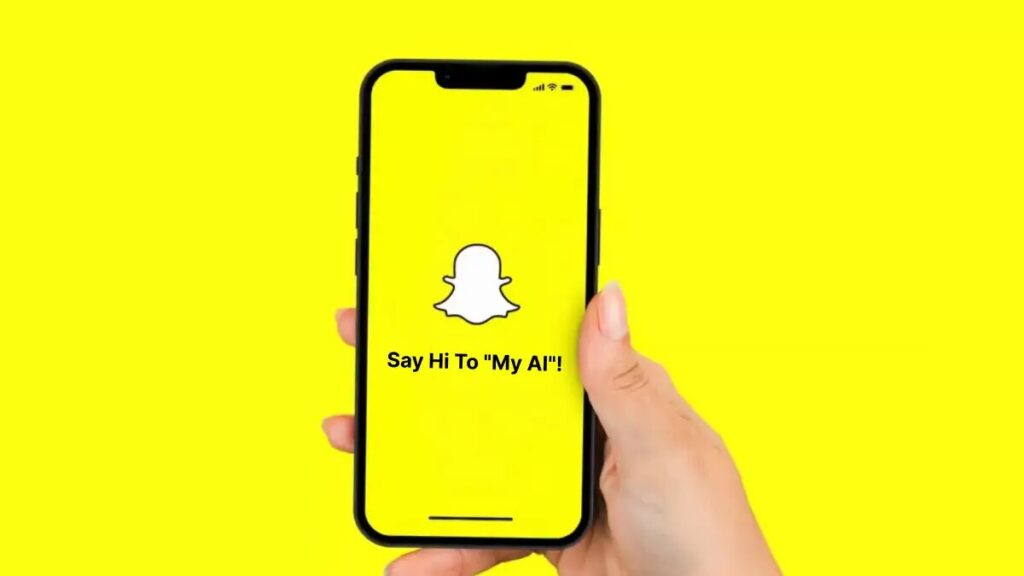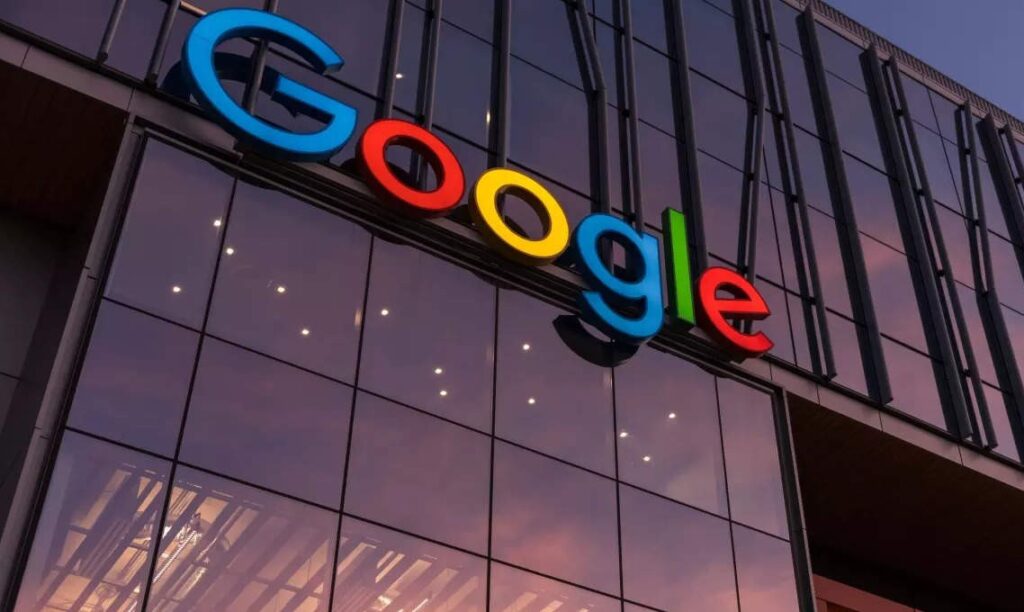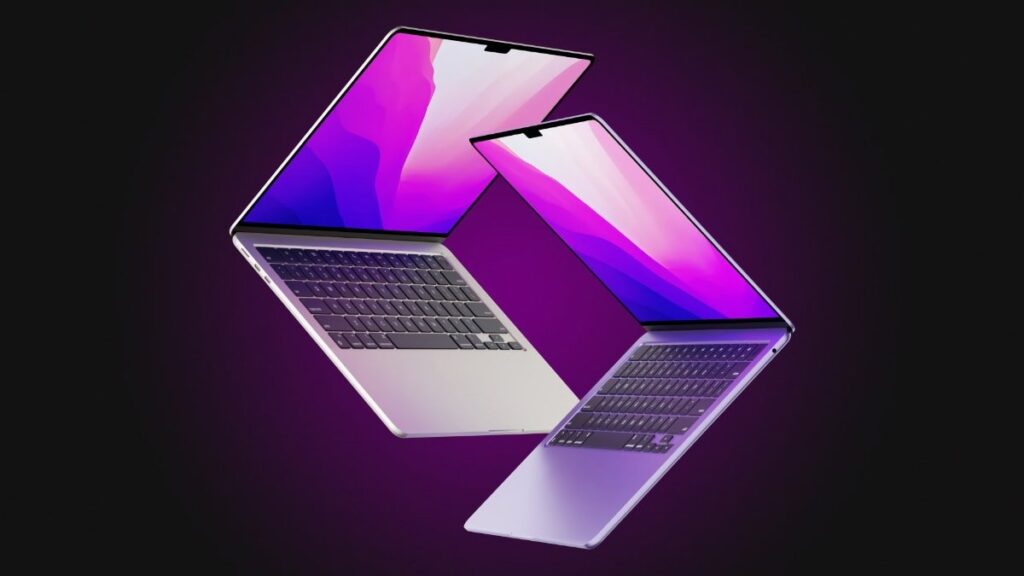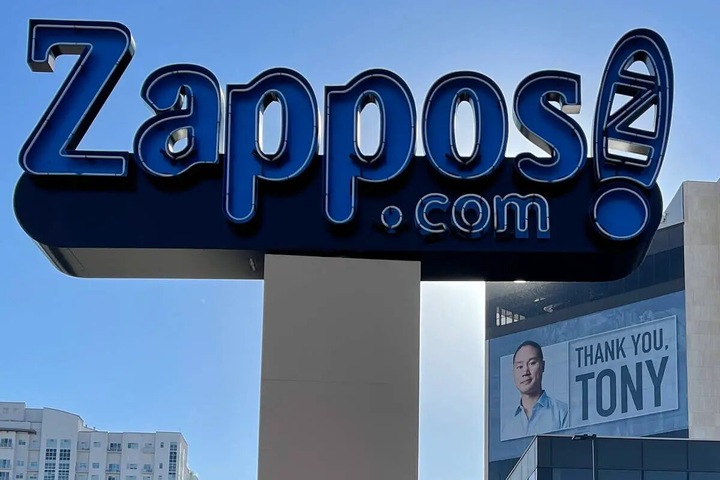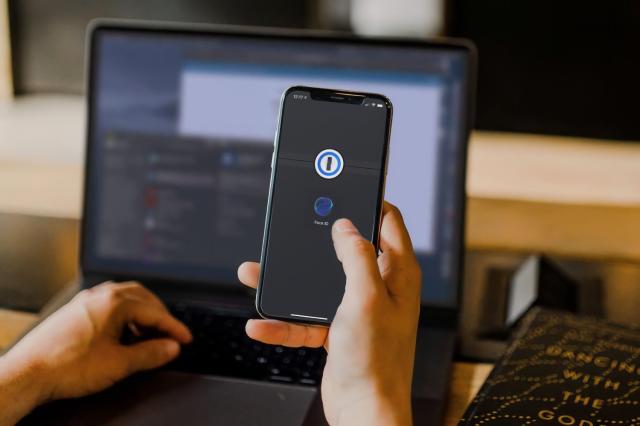Google expands Gmail client-side encryption to more users
After launching in the beta the previous year, Google recently made public that Gmail’s client-side encryption mode has now become readily accessible for companies and education providers.
The feature prevents even Google from viewing the contents of the emails it hosts, with data encoded before it enters Google servers. According to the firm, this can be beneficial for businesses that must meet stringent compliance or confidentiality standards.
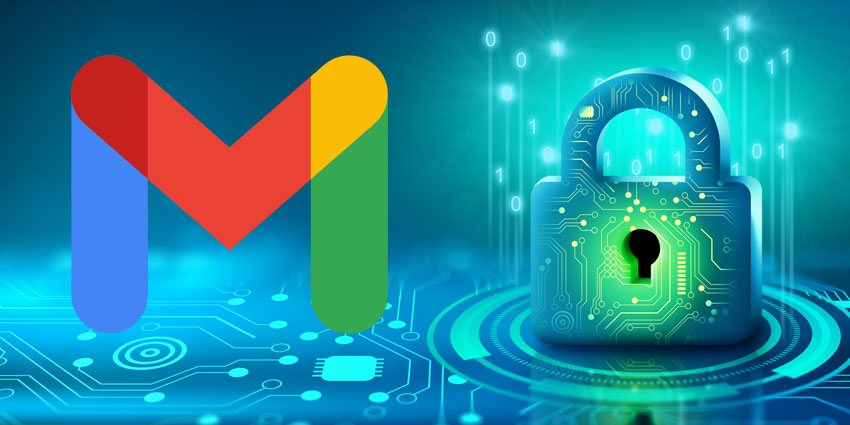
Although Workspace “encrypts data at rest and in transit by using secure-by-design cryptographic libraries,” CSE gives organizations total control over their encryption keys. “Starting today, users can send and receive emails or create meeting events with internal colleagues and external parties, knowing that their sensitive data (including inline images and attachments) has been encrypted before it reaches Google servers,” Google wrote in a blog post.
Source: engadget.com
Also Read: Are all Google One subscribers now able to access Magic Eraser?
Claims about the firm striving to enhance the encryption for its email service date as far as 2014, so it’s encouraging to discover that client-side encryption is officially ready.
Even So, the functionality is not aimed at everyone; it’s solely accessible by individuals who have Education Standard, Workspace Enterprise Plus, or Education Plus accounts and not personal accounts. It’s also not especially simple to install, as the process seems to be geared toward IT departments.
This functionality is disabled by default, which will annoy many security professionals, and can be activated after a consumer deploys an important management service incorporated with their authentication server.
Although encrypting Drive files & Calendar events are a great addition, CSE protections might be most impactful in Gmail. After all, organizations can send an email to third-party companies instead of sharing data as well as calendar invites with them. In any case, Google claims that CSE is now available for all vital Workspace applications.
“Users can continue to collaborate across other essential apps in Google Workspace while IT and security teams can ensure that sensitive data stays compliant with regulations,” the Googlers said.
Source: theregister.com
Also Read: Google tests blocking news content for some Canadians
Whilst also Gmail is undoubtedly among the most efficient applications for client-side encryption, Google has also made the feature available in a number of its various other Workspace apps, including Drive, Docs, as well as Meet.
It also stated earlier in the month that client-side encryption is now readily accessible for Google Calendar, allowing businesses to add extra security to an event’s synopsis and attachments.

I am a student pursuing my bachelor’s in information technology. I have a interest in writing so, I am working a freelance content writer because I enjoy writing. I also write poetries. I believe in the quote by anne frank “paper has more patience than person
